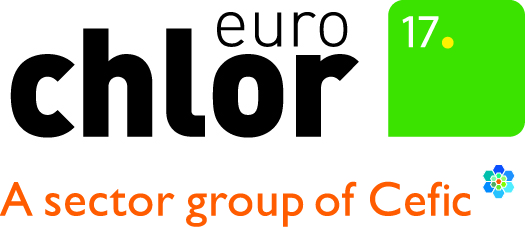Chlorine in nature
Chlorine is a highly reactive element which, whilst not existing by itself in nature, exists in combination with other elements. These can be split into inorganic chlorinated substances (like sodium chloride, common salt) and organic chlorinated substances (organochlorines) from sources like the ocean algae and plankton, forest fires and fungal activity.
These natural organochlorines have some surprising properties including:
The oceans release around three million tonnes of one of these organochlorines (methyl chloride) into the atmosphere every year. This is far greater than any produced by humans. In addition, some 5,000 – 15,000 million tonnes of inorganic chlorine go into the marine atmosphere each year from sea salt. Most of this inorganic chlorine is returned to the ocean surface, but 3-35% remains as “inorganic chlorine vapour”. Some of this vapour is converted back into chlorine atoms that may react with natural organic compounds to give organochlorines. These in turn are then used by microbes.
Chlorine is also released by volcanoes and from natural weathering of chlorine-containing rocks. It is also produced and utilised on the land, by numerous soil microbes and worms, and some plants can make organic chlorine compounds.
Besides simple structures like methyl chloride, nature generates complex chlorinated molecules which can contain very high amounts of chlorine. Even “typical industrial” organic chlorine compounds such as pentachlorophenol, polychloropyrols, polychlorinated biphenyls (PCB) and even tetrachlorodibenzodioxins (TCDD) have been identified as naturally-formed substances, detected in 8,000 year old sediments.
In nature, various mechanisms to control and degrade chlorine compounds exist. For example dehalogenation, hydrolysis, photolysis and biodegradation. The end results of these processes are mostly chlorides (e.g. hydrogen chloride and common salt).
Chlorine has also been found on Mars. In 2015, Scientists at NASA, using the Mars Orbiter, found stripes of perchlorate minerals on the slopes of a crater on Mars. These stripes suggest water flows at times over the surface which could be important for future manned missions to the Red Planet.
